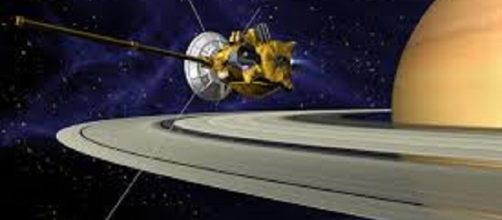Cassini, NASA’s robotic spacecraft, will soon meet its shattering end. But the spacecraft has brought the world the most astounding images of the outer space. Launched on October 15, 1997, Cassini is the fourth space probe to visit Saturn, but the first to enter its orbit.
The fate of Cassini
After years of flying in space, Cassini will finally enter Saturn’s atmosphere. Less than two minutes after it does, the space probe will crumble into pieces and melt. Just like a pro, Cassini will continue sending significant data to NASA until the very end, the BBC reported.
During a news conference on Tuesday, Earl Maize, the Cassini program manager at NASA’s Jet Propulsion Laboratory, said that the space probe Cassini has already given its fullest potential, but will still send information back to Earth to the very end.
Cassini and its groundbreaking discovery
NASA and a number of European partners funded the Cassini Mission that cost $3.3 billion. It left the Earth on 1997 and took a very long journey through the solar system, spending an amazing 13 years circling Saturn. Among the space probes that explored the solar system beyond Mars, the Voyagers probes of NASA are the ones that have longer track records according to the Cassini team. But now Cassini space craft is low on fuel.
So NASA came up with a decision to disintegrate the probe before it collides with nearby moons.
Cassini repeatedly started its dive into the uncharted territory between Saturn and its halos back in April. During the ‘Grand Finale’ of the space probe, Cassini took the first samples of Saturn’s outer atmosphere and its rings. The probe made an astonishing discovery that the atmosphere of Saturn and its rings are entwined in an intricate relationship, challenging the known belief scientists.
Linda Spilker, a Cassini project scientist and a member of the Jet Propulsion Laboratory said: “Scientists love mysteries, and the Grand Finale is providing mysteries for everyone.”
All these scientific mysteries will finally come to an end on September 14 this year by the time the space probe will send its final images to NASA.
Cassini will start its final dive at 4:37 am ET on September 15, 2017. In a matter of seconds, Cassini will reach over 400 degrees and will start to lose control and contact with Earth.
As it melts away, the probe’s outer shield will burn first, and then the aluminum components will follow and lastly the craft’s parts made out of iridium. But the legacy of Cassini will forever live on.


